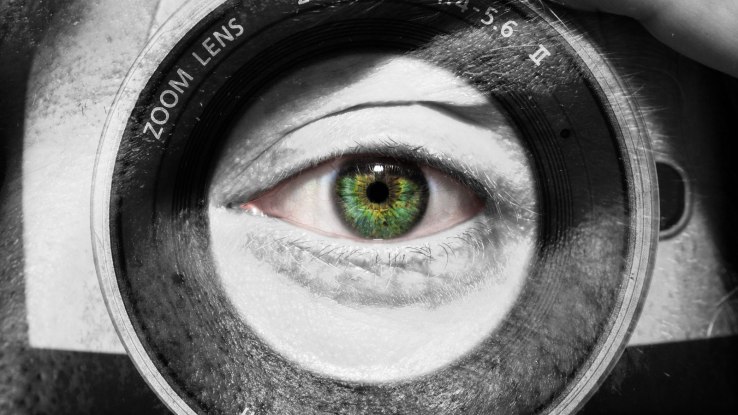
Remember the sci-fi thriller GATTACA? For those who never saw the film and/or eschewed all pop culture in the late 90’s for some reason, it was a popular movie that came out in 1997 about genetically modified human beings. Now some literally genetically modified human babies born that same year are entering their senior year of high school.
The first successful transfer of genetic material for this purpose was published in a U.S. medical journal in 1997 and then later cited in a Human Reproduction publication in 2001. Scientists injected 30 embryos in all with a third person’s genetic material. The children who have been produced by this method actually have extra snippets of mitochondrial DNA, or mtDNA, from two mothers – meaning these babies technically have three parents.
It’s still unclear whether all 30 babies turned out healthy. The Institute for Reproductive Medicine and Science (IRMS) at St Barnabas, participants of the experiment, finally began following up with at least 17 of the now teenagers earlier this year, according to the UK’s Independent. We’ve reached out to IRMS to get those follow up results but have not heard back yet.
While we don’t know the identity of these genetically modified teens, or even how they are doing health wise at this point, the ethics of creating designer humans is still very much a hot button issue. Modifying humans genetically to create some superior race of people or simply to chose one preferred visual trait over another has been debated among scientists, politicians and others ad nauseam. The U.S. Food and Drug Administration no longer even allows such genetic modification to embryos, citing them as a “biological product” and thus under its jurisdiction. They put the kibosh on this practice back in 2002. However, these original embryonic modifications were for parents who would potentially pass on severe genetic diseases to their children if it weren’t for scientific intervention.
These teens could potentially pass on their genetically modified material to the next generation. So even if no other humans are legally able to be created this way in the future, we’ve already introduced biologically modified genetic material into the population with the potential to affect large swaths of future generations to come via reproduction. We’ll be sure to update you, should IRMS release any information on the health of these teens.
Source : Techcrunch

 Belhumeur is a computer science professor and Director of Columbia’s Laboratory for the Study of Visual Appearance. He has an engineering Ph.D from Harvard and was a postdoctoral fellow at the University of Cambridge’s Isaac Newton Institute for Mathematical Sciences. He researches computer vision, face recognition, and machine learning for visual recognition. His academic papers have accrued over 21,000 citations and he built the Leafsnap and Dogsnap iOS apps to help people ID tree and bird species from images.
Belhumeur is a computer science professor and Director of Columbia’s Laboratory for the Study of Visual Appearance. He has an engineering Ph.D from Harvard and was a postdoctoral fellow at the University of Cambridge’s Isaac Newton Institute for Mathematical Sciences. He researches computer vision, face recognition, and machine learning for visual recognition. His academic papers have accrued over 21,000 citations and he built the Leafsnap and Dogsnap iOS apps to help people ID tree and bird species from images. Kriegman has published over 150 papers on robotics, computer graphics, face recognition, and object recognition. The Stanford Ph.D has received tons of awards in his field and is the Editor-in-Chief of the research compendium IEEE Transactions on Pattern Analysis and Machine Intelligence.
Kriegman has published over 150 papers on robotics, computer graphics, face recognition, and object recognition. The Stanford Ph.D has received tons of awards in his field and is the Editor-in-Chief of the research compendium IEEE Transactions on Pattern Analysis and Machine Intelligence. Dropbox has plenty of photos for the guys to mine. The service now has 300 million users, up 200% in 18 months, and has 80,000 paying customers.
Dropbox has plenty of photos for the guys to mine. The service now has 300 million users, up 200% in 18 months, and has 80,000 paying customers.